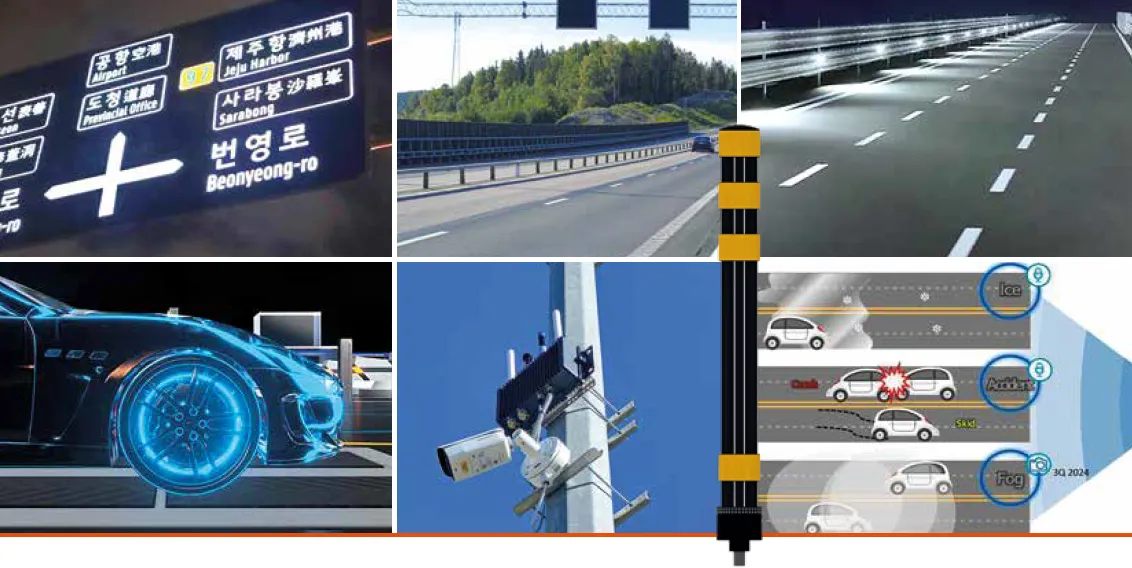Deploying a new 511 service may now be just as easy as opening a box, because Information Logistics is introducing 511 In-A-Box to the ITS industry. This completely virtual cloud based system – even for telephony – is based on the company’s GeoTalker location oriented platform. 511 In-A-Box dynamically adds resources to meet demand; achieves high reliability through hosting in multiple/geographically diverse locations; and can be customized and rapidly deployed.
Offered as Software as a Service (SaaS), 5
June 2, 2015
Read time: 1 min

Deploying a new 511 service may now be just as easy as opening a box, because 8121 Information Logistics is introducing 511 In-A-Box to the ITS industry. This completely virtual cloud based system – even for telephony – is based on the company’s GeoTalker location oriented platform. 511 In-A-Box dynamically adds resources to meet demand; achieves high reliability through hosting in multiple/geographically diverse locations; and can be customized and rapidly deployed.
Offered as Software as a Service (SaaS), 511 In-A-Box alleviates the need for facilities, and delivers significant cost savings over traditional 511 solutions. It provides all the traditional 511 components, including website, IVR and e-mail/text alerts, as well as a location-based hands-free, eyes-free, interoperable mobile app.
“This is the first time all 511 services are being delivered on a single platform,” said Mary Farrell, president of Information Logistics. Information Logistics systems are currently used by both PennDOT and the774 Pennsylvania Turnpike.
Offered as Software as a Service (SaaS), 511 In-A-Box alleviates the need for facilities, and delivers significant cost savings over traditional 511 solutions. It provides all the traditional 511 components, including website, IVR and e-mail/text alerts, as well as a location-based hands-free, eyes-free, interoperable mobile app.
“This is the first time all 511 services are being delivered on a single platform,” said Mary Farrell, president of Information Logistics. Information Logistics systems are currently used by both PennDOT and the









